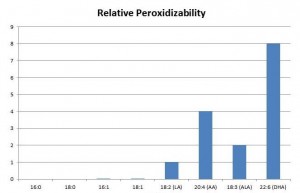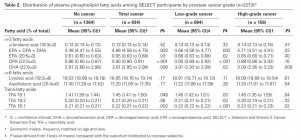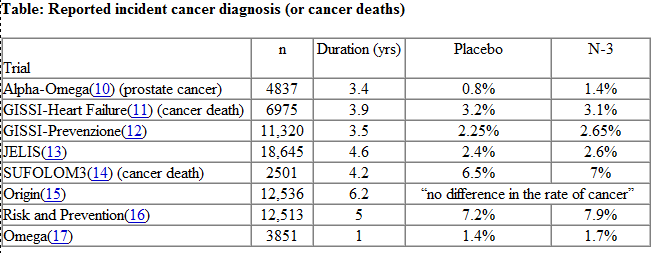A new podcast is up: the Live to 110 Show on Blogtalkradio with Wendy Myers. Wendy is a health and nutrition coach who was motivated to become a healer after her father died of cancer; her research eventually led her to the Paleo movement. If you like podcasts, check out our conversation!














Recent Comments